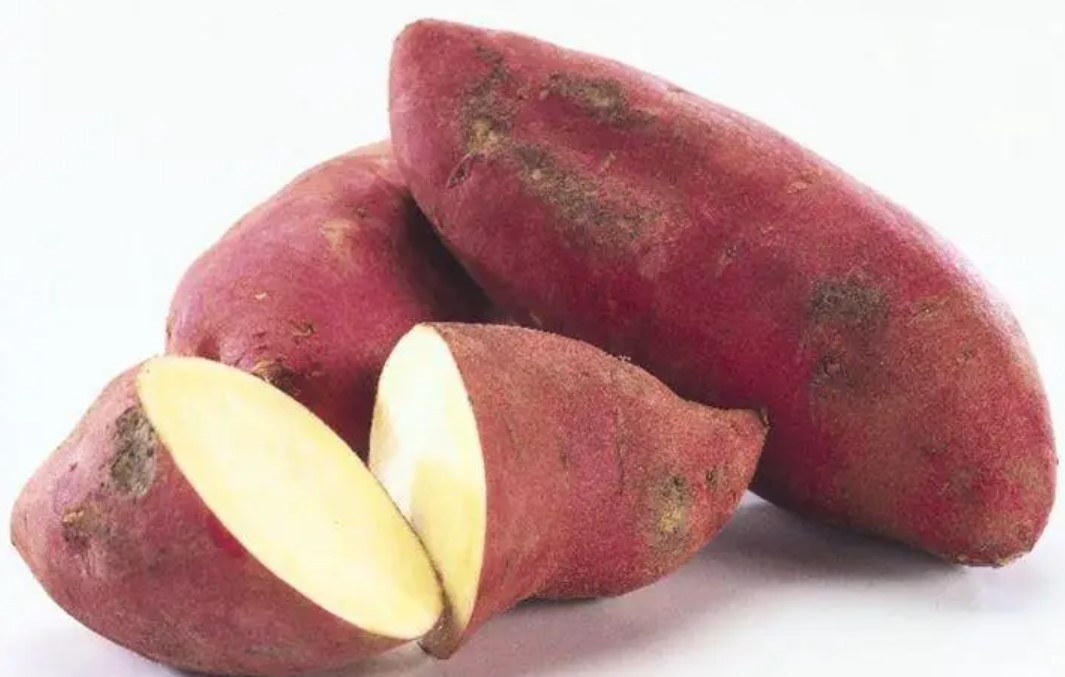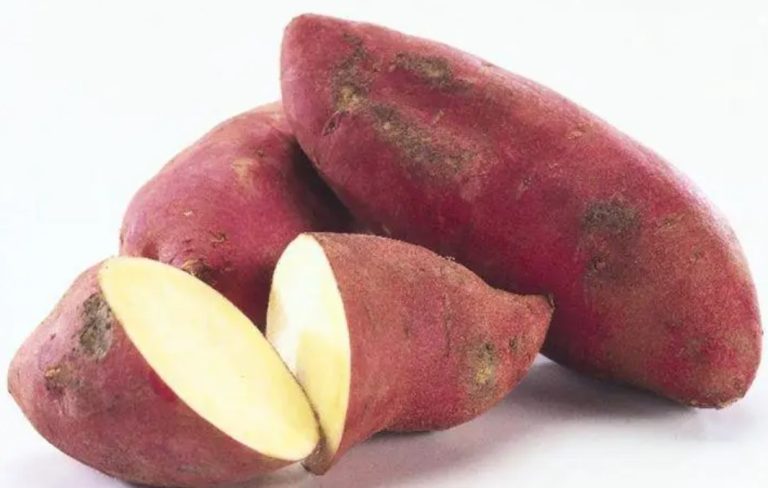Sweet potatoes are considered to be particularly healthy. In this article you will find out what is in the tubers and what the climate balance of the sweet potato is like.
Sweet potatoes – also known as sweet potatoes – are known for their orange, purple or white flesh. The elongated tubers can grow significantly larger than normal potatoes. Although they taste sweeter than potatoes and contain significantly more sugar, they raise blood sugar levels less quickly. Sweet potatoes are therefore healthier, especially for diabetics. The healthy sweet potato also has these points ahead of the normal potato:
They contain more vitamin A and beta-carotene, which is good for your eyesight and skin. The beta carotene content is even close to that of carrots.
There is also plenty of vitamin E in the healthy sweet potatoes and protects the skin cells from aging. Just 100 grams of sweet potatoes cover a third of the daily requirement of vitamin E for an adult.
Since sweet potatoes contain more fiber than regular potatoes, they also keep you full for longer.
Nutritional values and calories of healthy sweet potatoes at a glance

Here’s why sweet potatoes are so healthy:
Rounded nutritional information per 100 g of sweet potatoes (according to the US Department of Agriculture):
Calorific value: 359 kJ
Calories: 86 calories
Protein: 1.6g
Carbohydrates: 20 g
of which sugar: 4.2 g
Fat: 0.1g
Dietary fiber: 3 g
Vitamins and beta carotene:
Vitamin A: 14187 IU
Vitamin C: 2.4 mg
Vitamin E: 260 mcg
Beta carotene: 8509 μg
Minerals:
Iron: 600 mcg
Zinc: 300 mcg
Sodium: 55 mg
Potassium: 337 mg
Magnesium: 25 mg
Calcium: 30 mg
The carbon footprint of the sweet potato on the way to the supermarket
The healthy sweet potatoes are particularly popular in the USA, and many are grown in South America. However, about two-thirds of all sweet potatoes worldwide are grown in China. But the tubers also grow in Europe, for example in Italy, Spain and Portugal.
In German shops, the healthy sweet potatoes are often brought to Germany by plane or ship from fields in Israel and South America. Both transport routes are not very climate-friendly due to the high CO2 emissions.
In addition to the poor CO2 balance of sweet potatoes from overseas, the packaging is also often a problem: the sweet potatoes are pre-sorted, weighed and packed in plastic foil. The problem here is that plastic contains many chemicals that can be harmful to health. In addition, it is not biodegradable and remains in nature for centuries – for example, plastic can already be found in the sea. There is no understandable reason for the plastic packaging of conventionally grown sweet potatoes. It is a better choice for people and the environment if you save on unnecessary packaging and buy the vegetables loose.

Around ten percent of the sweet potato supply now comes from Germany. At harvest time in September there are often sweet potatoes from the region in organic shops and supermarkets with lots of regional vegetables.
Tip: Our seasonal calendar for vegetables and fruit shows you when which vegetables are in season in Germany.
If you don’t want to do without the healthy sweet potatoes for the rest of the year, you should at least buy those from European cultivation – they have come a long way in comparison.

